OnePlus’ birthday: Eight years of hits (and misses)
Today is the eighth anniversary of the founding of OnePlus. Former Oppo vice president Pete Lau and former Oppo international markets manager Carl Pei founded the company on December 16, 2013. On the occasion of OnePlus’ birthday, we thought we would go over the major milestones — both positive and negative — the company has seen in the past eight years.
To say that OnePlus has disrupted the smartphone industry would be an understatement. In eight years, the brand has gone from a tiny company with one device to a major global player. It dominates the premium smartphone market in India and commands a mighty presence in other parts of the world.
Related: A history of OnePlus’ entire lineup so far
However, it hasn’t always been smooth sailing for OnePlus. There have been a few missteps along the way. There have been marketing snafus and even entire products that probably shouldn’t have seen the light of day. But the company soldiers on.
On OnePlus’ birthday, let’s take a look at the eight biggest hits (and eight biggest misses) the company’s had over the past eight years.
Hit #1: The OnePlus One

When the One dropped in 2014 (only four months after OnePlus’ birthday), it offered almost all the major specs one would expect from a flagship smartphone. However, it came in at around half the price. Sure, it didn’t come with the greatest camera nor did it have the latest features such as a 1440p display or a fingerprint scanner, but it was fast, durable, and attractive.
Of course, the invitation system was frustrating for buyers, and OnePlus did a pretty poor job when it comes to customer support. But the One was still a bonafide hit for the brand. Coming right out of the gate with a smash like that was a big win for the company. It set the stage for its future success.
Hit #2: The debut of Oxygen OS

The OnePlus One shipped with Cyanogen OS, a commercial version of the popular Android fork known as CyanogenMod. We’re going to get into the troubles with Cyanogen Inc. later, but we can be thankful for Cyanogen OS for one simple reason: it forced OnePlus to deliver us Oxygen OS.
When things at Cyanogen were getting messy, OnePlus knew it needed to ditch the brand for future devices. In 2015, it started developing its own close-to-stock Android skin. The skin gained the name Oxygen OS after OnePlus held a naming contest online. Shortly before the second OnePlus birthday, the company pushed out Oxygen OS as an optional upgrade for the OnePlus One.
Related: Everything you need to know about Oxygen OS
At first, Oxygen OS was very close to stock Android with only a handful of additional features. Over time, OnePlus turned the skin into one of the best on the market. It was a mostly bloat-free experience with tons of customization features and a snappy, beautiful UI.
Since then, OnePlus has changed Oxygen OS quite a bit. In 2021, the company basically hit “reset” on the entire system, which has left fans in a tizzy. We’ll get into this more later on in the article. Regardless, for the bulk of OnePlus’ existence, Oxygen OS was its shining star.
Hit #3: The OnePlus 3T
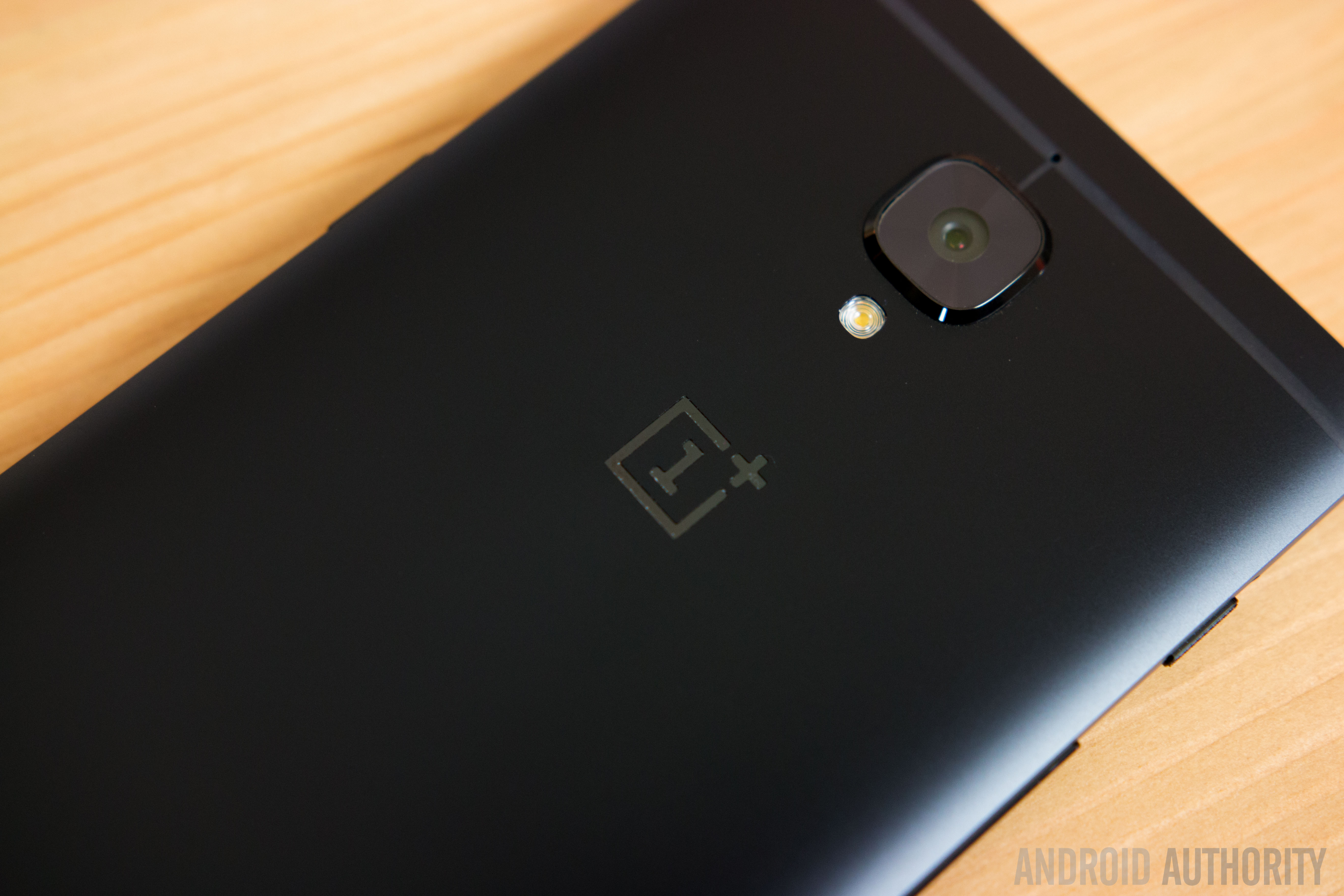
The OnePlus One will always have a special spot on the list of historically important Android smartphones. However, the OnePlus 3T will likely be remembered as one of the best devices OnePlus has ever offered.
Initially, there was a mixed fan reaction to the OnePlus 3T. The company released it right before the third OnePlus birthday, barely six months after the OnePlus 3. On one hand, fans liked the idea of a slightly better OnePlus phone on offer. But there were plenty of people who had just forked out for the OnePlus 3 and felt a pang of regret at not knowing a better choice was going to come so soon.
Related: How the price of OnePlus phones changed over the years
However, any misgivings were quickly forgotten once people started to use the OnePlus 3T. Keeping the same sleek, metal design of the OnePlus 3, the 3T bumped up the processor, battery, and front-facing camera specs. It also added a new internal storage option of 128GB.
In fact, OnePlus continued to support the OnePlus 3T all the way up until 2019. The device received a final update to Android 9 Pie. For the record that’s a whopping four different Android versions launched for this one device (Marshmallow, Nougat, Oreo, and Pie).
Hit #4: Dash (and later Warp) Charge
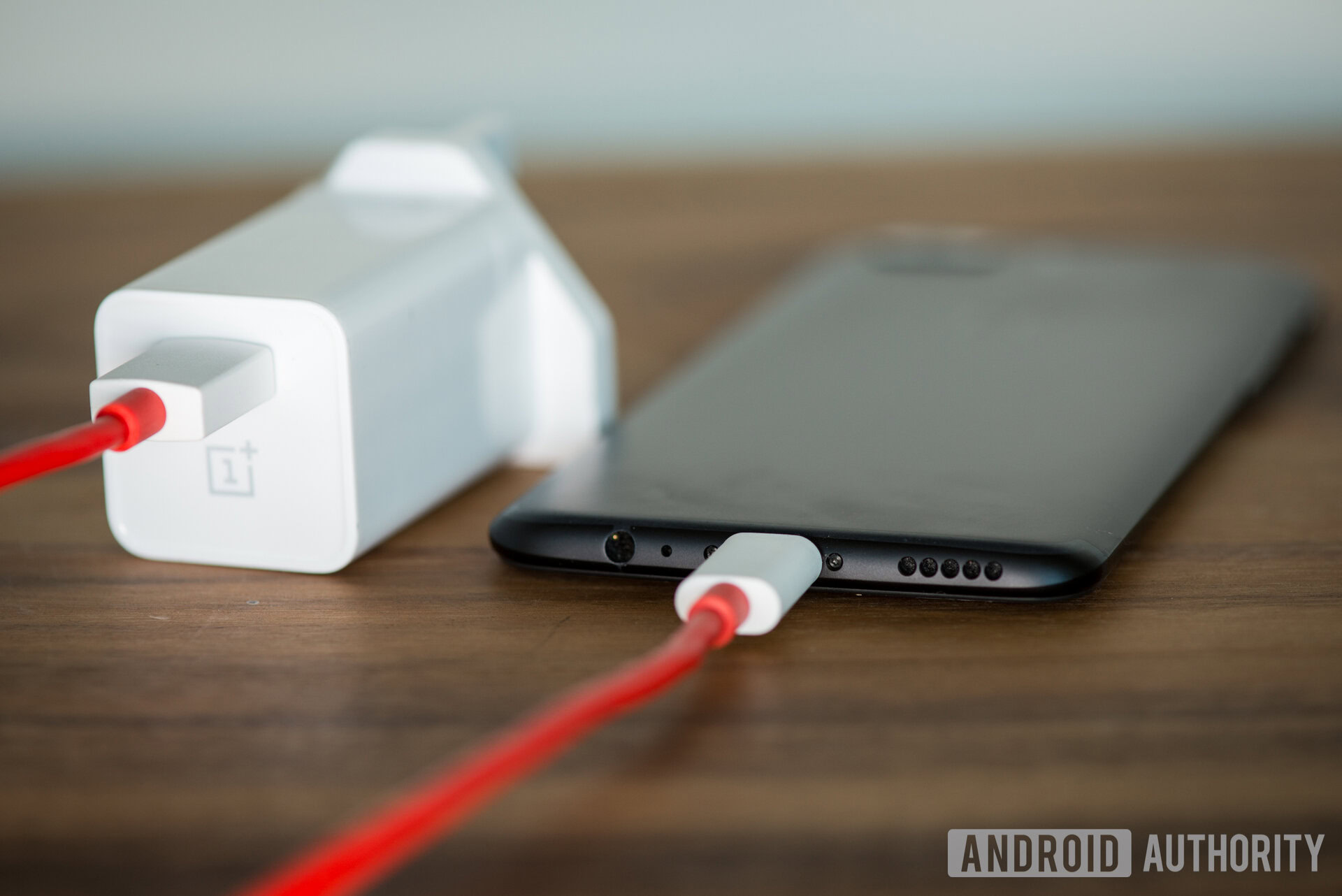
With the OnePlus 3, the company debuted Dash Charge — a proprietary fast-charging system it licensed from Oppo. Dash promised “a day’s power in half-an-hour.” It boasted you could charge the OnePlus 3 from 0% to 60% in about 30 minutes.
Further reading: How fast charging really works
While fans lambasted the company for years for not offering wireless charging with its phones, Dash Charge was a huge hit. OnePlus certainly didn’t begin the fast-wired charging trend, but it was at the forefront of the technology. OnePlus is a big reason why competitors started to take the feature seriously.
Eventually, OnePlus got into a trademark dispute in the EU over the Dash Charge name and subsequently rebranded it as Warp Charge. But the system is just as good and has only become more powerful over time. Warp Charge 65T on the OnePlus 9 series is capable of going from 0% battery to full in about 29 minutes.
Hit #5: Top dog in India
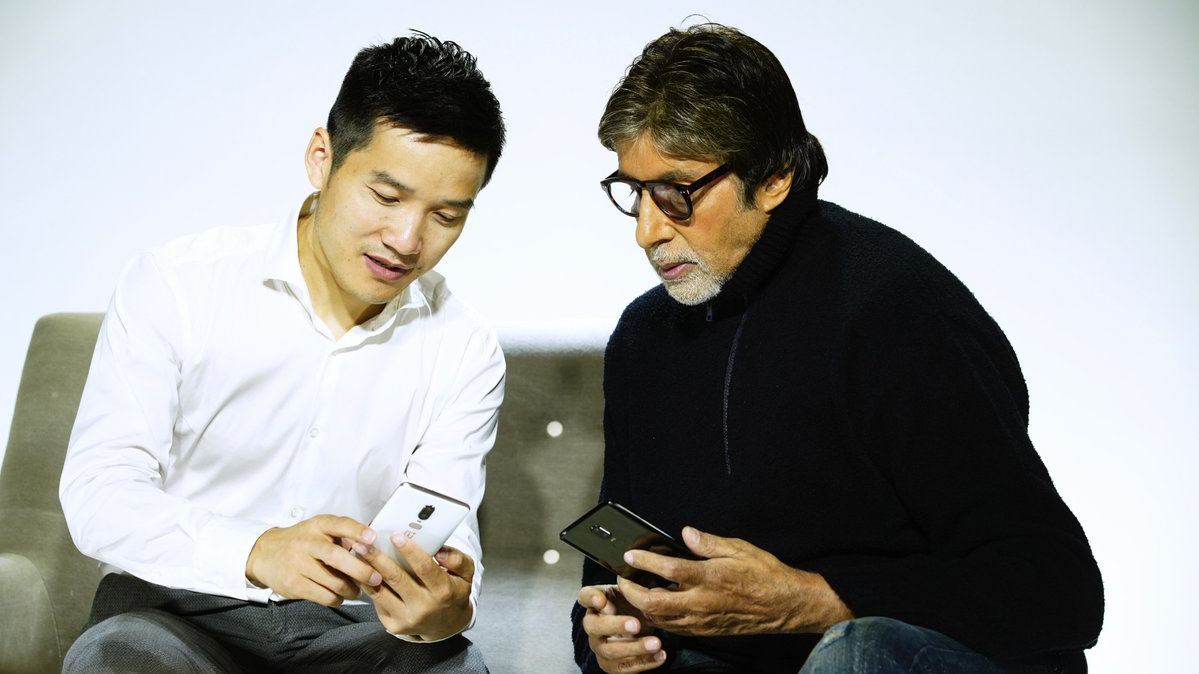
Right around the fifth OnePlus birthday, the company received some great news: according to Counterpoint Research, OnePlus had become the highest-selling premium smartphone brand in India.
You read that correctly. That means OnePlus sold more premium smartphones in India than Samsung, Apple, Huawei, or any other smartphone manufacturer around the world. With India being one of the biggest and fastest-developing smartphone markets on the planet, this achievement was a big deal.
Related: These are the best phones you can get in India right now
Since that day, OnePlus has held onto the title more often than not. Meanwhile, its brand recognition and market share are increasing in many other parts of the world, including the UK, the US, and Europe. But this achievement in India will always be one of the company’s most significant milestones.
Hit #6: The OnePlus 7 Pro
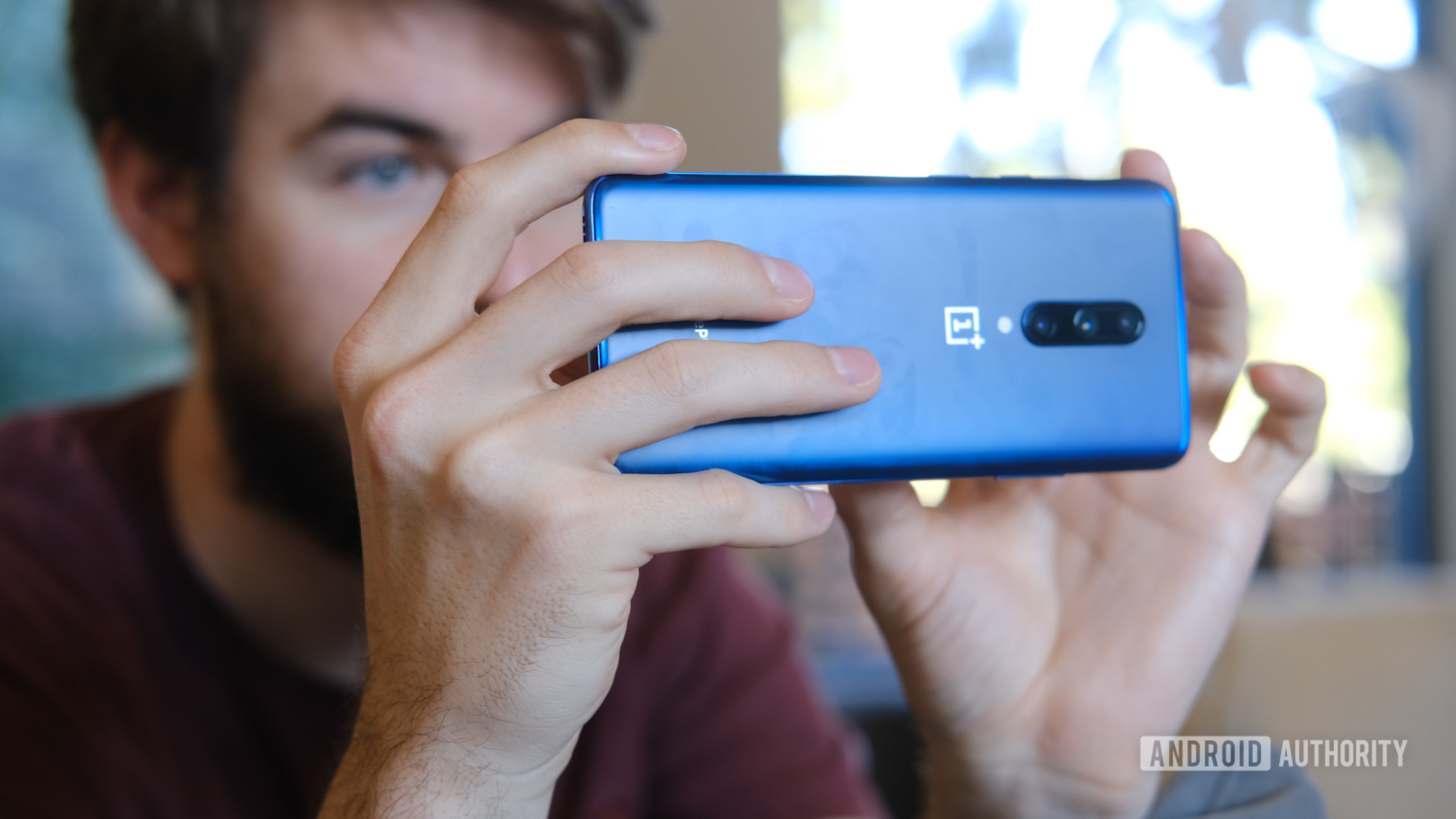
In 2019, OnePlus launched a new kind of OnePlus device: a “Pro” model. Up until then, the company only released a primary flagship and then a “T” upgrade model, with the notable exception of the budget-minded OnePlus X. The OnePlus 7 Pro, in that sense, was the first of its kind.
At first, fans were lukewarm to the idea of OnePlus releasing a device that was sure to be even more expensive than the OnePlus 6T. That phone was already its most expensive phone ever when it landed shortly before the fifth OnePlus birthday. However, the 7 Pro more than earned its regard as one of the best smartphones of 2019.
Related: The OnePlus 7 Pro is officially my favorite Android phone ever
The phone was beautiful and a technical marvel. It featured the debut of one of the industry’s biggest hits of the year: the 90Hz display refresh rate, which OnePlus markets as Fluid AMOLED. It also saw the debut of the UFS 3.0 storage standard in a smartphone as well as the first device to hit North America with a pop-up selfie camera.
If nothing else, the OnePlus 7 Pro is a prime example of OnePlus transitioning from a company that delivers modern flagships at low prices to a company that is the first to market with innovative features.
Hit #7: The OnePlus Nord
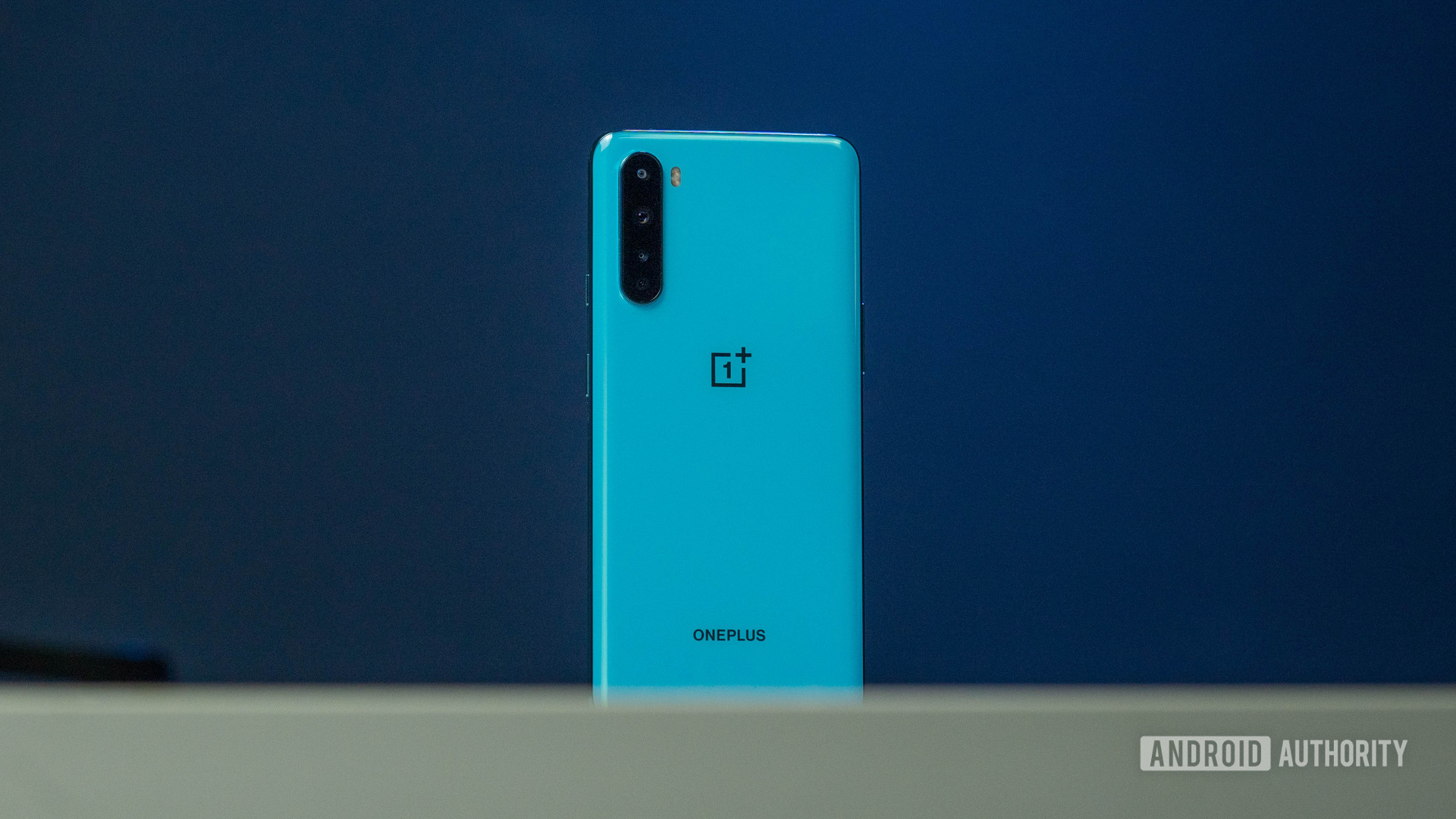
Ryan-Thomas Shaw / Android Authority
In 2020, OnePlus released the first phone in a brand new line. The OnePlus Nord, as it became known, is part of a new mid-range family of phones and other products. The Nord offers many of the core aspects of OnePlus phones while cutting a few corners to keep the price down.
Related: OnePlus Nord buyer’s guide
In a lot of ways, the Nord represents a sort of homecoming for the company. It started out making incredibly cheap devices with very few compromises, summed up succinctly with the “Never Settle” slogan. Since the first OnePlus birthday, though, the company has morphed into a more mainstream player. The Nord is a bit of a callback to its earlier days.
Really, the only bad thing one can say about the Nord is that it isn’t available in all parts of the world. Here in the United States, we didn’t see the Nord or its sequel, the Nord 2. Elsewhere, you can find the Nord for under $500 in local currency.
Hit #8: Hasselblad and the OnePlus 9 Pro
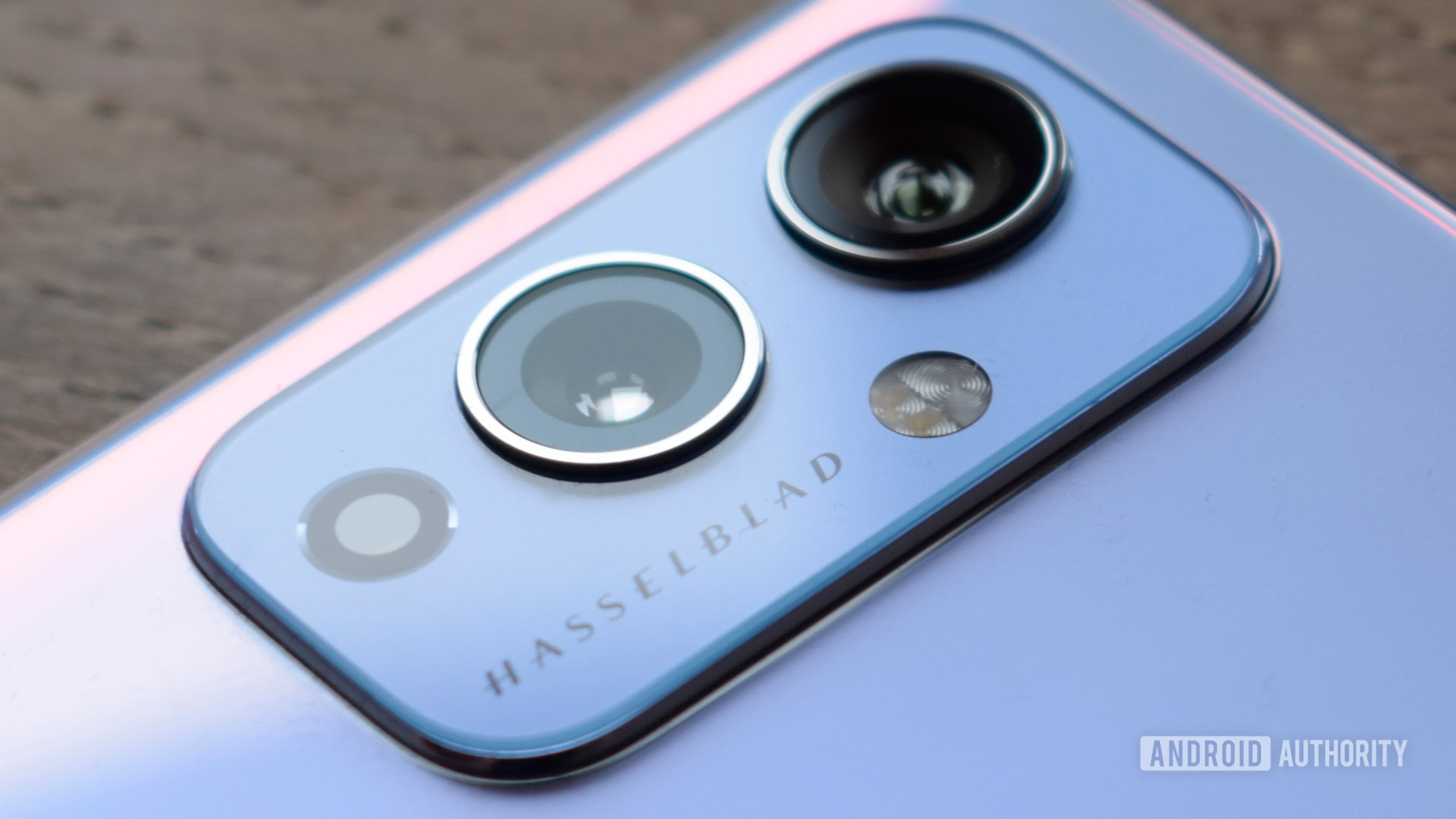
Robert Triggs / Android Authority
Ever since the OnePlus One, the company has had a hard time keeping up with the competition when it comes to smartphone cameras. No matter how hard OnePlus worked at it, both the software and hardware of its cameras simply didn’t measure up.
Finally, in 2021, the company changed things around. First, OnePlus announced a partnership with legendary camera brand Hasselblad. That partnership would help OnePlus tweak its software to make it better and more color accurate. Eventually, we expect the companies to co-develop hardware, too.
See also: OnePlus 9 Pro camera vs Google Pixel 5 camera
Then, the OnePlus 9 Pro landed. The phone had the best camera hardware of any OnePlus phone ever, and finally matched (and in some cases exceeded) hardware offered by competitors. After years of disappointment, OnePlus could legitimately claim to have a smartphone camera as good as those from Samsung, Apple, and other premium competitors.
The question now, though, is whether or not OnePlus can keep up the momentum. Will we see the ninth OnePlus birthday and still find the company standing in the big leagues?
Miss #1: “Smash The Past” and “Ladies First”

You’ve got to hand it to OnePlus: the company has no problem taking risks when it comes to marketing. Between its bizarre TV ads and interesting attempts at viral marketing, OnePlus is a company that has always thought outside the box between its founding and today, the eighth OnePlus birthday.
Related: These are the best smartphone commercials of all time
However, two of its early marketing attempts backfired horribly. The first was called “Smash The Past,” which came out right around the release of the OnePlus One. The marketing stunt encouraged users to film themselves literally smashing their current smartphone to bits. In exchange, they might have been able to buy the One for just $1.00. Unfortunately, people misunderstood how the promotion worked, and hopefuls with no chance of winning ended up smashing their phones in error. In the end, only 100 people out of the 140,000 entrants got a One for a buck.
Not long after the misfire of the “Smash The Past” campaign, OnePlus debuted another ill-advised campaign called “Ladies First.” The campaign encouraged women on the OnePlus community forums to post a photo of themselves alongside a OnePlus logo. Doing so could possibly have netted them an invite to buy the OnePlus One. Non-participants (read: mostly males) on the forums could then “Like” these photos. I’m sure you can already tell how this turned out.
Miss #2: Launching with Cyanogen OS

CyanogenMod — which eventually morphed into Lineage OS — was a custom Android ROM. Since it was beloved by the custom ROM community, fans got incredibly excited when OnePlus revealed the OnePlus One would have Cyanogen OS (a commercial version of CyanogenMod) pre-loaded.
This not only represented a huge win for Cyanogen Inc. but also for the custom ROM community in general. Unfortunately, things took a turn pretty quickly.
Cyanogen Inc. had poor leadership that made some truly bad decisions. One of the biggest of these blunders was signing a deal with a OnePlus competitor that would see Cyanogen OS as the exclusive operating system on its Indian handsets. At the time, this was universally seen as Cyanogen screwing over OnePlus.
Related: Cyanogen: Where did it go wrong?
Of course, the silver lining here is that this forced OnePlus to develop Oxygen OS (see earlier section). However, OnePlus should never have worked with Cyanogen in the first place as the company had a hotheaded CEO who had no experience and everything to prove. At one point, he even boasted that Cyanogen would eventually take control of Android from Google. Yes, he was that kind of crazy.
Luckily, OnePlus has mostly been able to steer clear of problematic partnerships such as this ever since.
Miss #3: The OnePlus 2

While it would be difficult to classify any flagship OnePlus smartphone as objectively “bad,” the OnePlus 2 is pretty much considered to be the worst of the lot. It carried over a lot of the designs and features of the enormously successful OnePlus One. However, some of the changes introduced with the OnePlus 2 were either too minor to get excited about or actually a step backward.
The biggest blunder of the OnePlus 2 was the elimination of NFC support. OnePlus defended the move by saying not enough OnePlus users took advantage of NFC features, so there was no need for the chip. Looking back, it’s hard to imagine why OnePlus would think like this. Contactless payments were beginning to gain steam and Apple had launched Apple Pay a full year earlier.
See also: The evolution of OnePlus software — from Cyanogen to Oxygen, and beyond
Another blunder was including a USB-C port on the device (one of the first commercial smartphones with the now-ubiquitous port). While USB-C should have been one of the star features of the phone, OnePlus elected to use a cable and adapter that did not conform to the USB-C standard. As such, the cable didn’t work with many third-party devices. This prevented users from doing simple things like transferring data from their phone to a laptop.
Luckily, OnePlus was able to bounce back from this fiasco quickly with the launch of the OnePlus X, followed by the well-received OnePlus 3. However, it was touch-and-go there for a bit.
Miss #4: “Never Settle” turns into “Settle Sometimes”
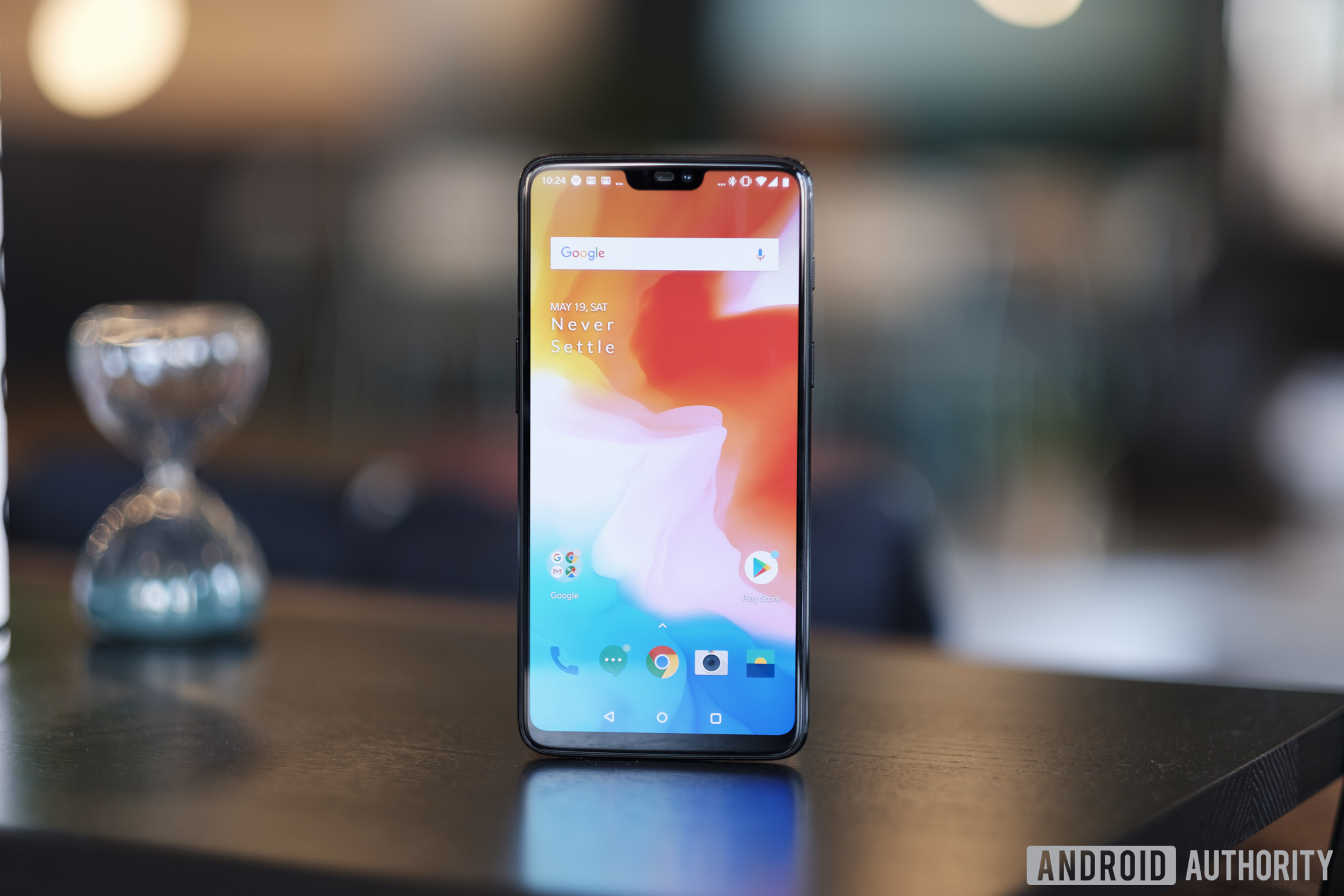
Since the first OnePlus birthday, the motto for the company has been “Never Settle.” The slogan encourages smartphone users to always demand the highest caliber of products and to “never settle” for anything less.
However, over the years, the motto has been used against the company. It’s often lambasted when it does things that go against what its community wants. Here are just a few examples:
- Removing NFC from the OnePlus 2
- Refusing to introduce wireless charging for years
- Telling users to “learn to love the notch” on the OnePlus 6
- Eliminating the headphone jack from the OnePlus 6T after mocking others for removing it
- Refusing to pursue IP certifications for years
- Steadily increasing prices with each new device
There are many other examples out there. The bottom line is that the Never Settle motto sometimes appears to be all talk without any action to back it up.
Miss #5: Android rollout blunders
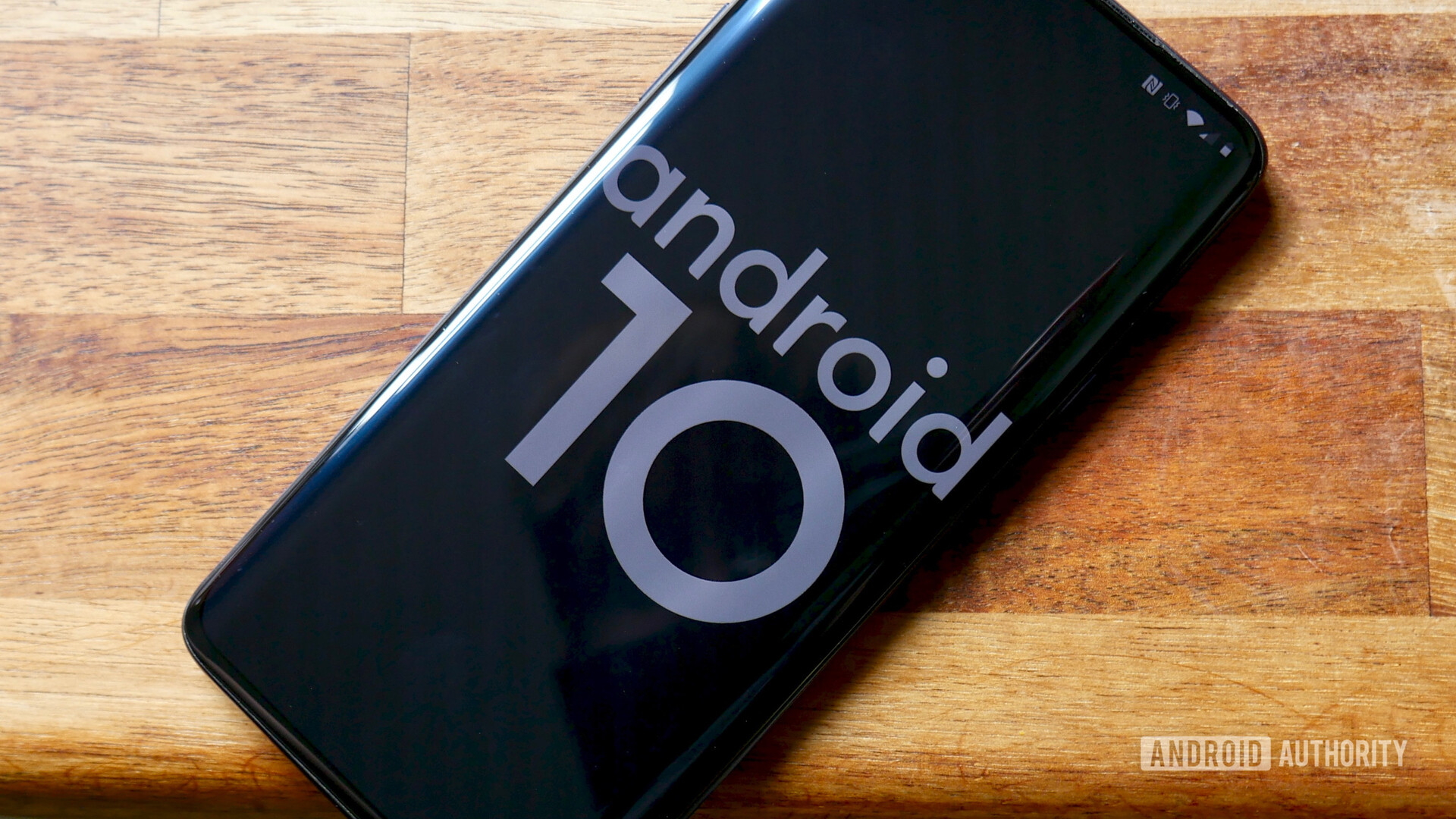
Back in the late summer of 2018, OnePlus made headlines by bringing Android 9 Pie to the OnePlus 6 in just over 40 days. At the time, this made the company one of the fastest to deliver the latest Android update to a non-Pixel handset.
However, things changed for OnePlus starting in 2019 with its rollout of Android 10. Although it announced Oxygen OS 10 for the OnePlus 7 and OnePlus 7 Pro only 18 days after the launch of the new operating system — thus beating its previous feat by a huge margin — the rollout started and stopped multiple times. The rocky start was due to multiple bugs and issues with the stable release.
Later on, OnePlus announced the Android 10 rollout for the OnePlus 6 and OnePlus 6T. Those rollouts also started and stopped a few times due to bugs and other problems with the software. This trend has continued ever since, with the Oxygen OS 12 rollout to the OnePlus 9 series getting pulled over how buggy and terrible it was.
It appears that, in its efforts to keep up its reputation as being one of the first to deliver Android updates, OnePlus took things too far and started putting speed over quality control. While OnePlus fans greatly appreciate that their devices usually see the latest version of Android before nearly anyone else, they will gladly wait a little longer if it means the update is fully functional.
Miss #6: The 7-series phone overload

At most OnePlus birthday parties over the past eight years, the company has celebrated the release of either one or two phones. In 2019, however, the OnePlus birthday party had more phones to celebrate than ever before.
In 2018, OnePlus released three smartphones: the OnePlus 6, the OnePlus 6T, and the slightly different OnePlus 6T McLaren Edition. With that in mind, here are the phones OnePlus released in 2019:
- May — OnePlus 7
- May — OnePlus 7 Pro
- August — OnePlus 7 Pro 5G
- September — OnePlus 7T
- October — OnePlus 7T Pro
- November — OnePlus 7T Pro 5G McLaren Edition
That is six different devices all starting with “OnePlus 7,” which is incredibly confusing. Things get even more confusing when you find out that only certain devices are available in certain areas of the world making it difficult for consumers to buy confidently.
In 2020, the company released even more phones than in 2019. Likewise, in 2021, the company has only increased its portfolio. Thankfully, some of those devices are in the Nord line, which makes it easier to differentiate the various products. However, that brings us to another “Miss” of this post…
Miss #7: The OnePlus Nord N10 and N100

Ryan-Thomas Shaw / Android Authority
Whereas the OnePlus Nord offered classic OnePlus staples for a low price, the N10 and N100 cut out nearly all of those features. There are no in-display fingerprint sensors, no OnePlus design aesthetics — even the famous physical alert slider is missing. The only things that make these phones OnePlus devices are the logo on the back and the fact that Oxygen OS powers them. However, even Oxygen OS is kneecapped by launching with an out-of-date Android version that will only get one update. Yeesh.
Although the company has always borrowed heavily from its parent company Oppo, the Nord N100 is particularly egregious. It is literally an Oppo A53 with only a few minor alterations. The later Nord N200 was slightly better value, but still suffered from the same lack of support and a barebones specs sheet.
Miss #8: Losing Carl Pei and ‘OnePlus 2.0’

In late 2020, OnePlus co-founder Carl Pei left the company. Pei existed as the young risk-taking foil to co-founder Pete Lau, an older business-savvy man. Pei eventually went on to found his own company, playfully called Nothing.
At the time, Pei’s departure was evidence that something was amiss at OnePlus. Throughout 2021, these feelings were only solidified as the company slowly morphed into “OnePlus 2.0,” the moniker used by Lau in an announcement.
Opinion: The rise and fall of Oxygen OS
The biggest change related to OnePlus 2.0 is deep integration with sister brand Oppo. This includes a fundamental rewrite of the code of Oxygen OS, which has turned it into a subtle riff on Oppo’s Color OS. The R&D teams of both companies are now merged, and both teams even occupy the same office space. In a way, OnePlus is now Oppo and Oppo is now OnePlus.
So far, the only thing we’ve seen from this merger is Oxygen OS 12, which landed like a giant bomb. Reactions were so negative that OnePlus pulled the launch, making 2021 likely the first year OnePlus won’t have the latest version of Android on one of its phones.
Time will tell how OnePlus 2.0 fares in 2022.
Those are our biggest hits and misses to celebrate the eighth OnePlus birthday. Are there any hits or misses you think should have made the list? Let us know in the comments!
For all the latest Technology News Click Here
For the latest news and updates, follow us on Google News.
